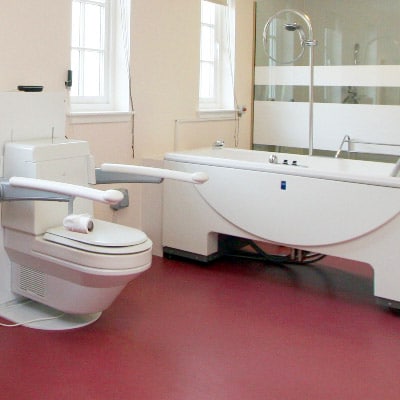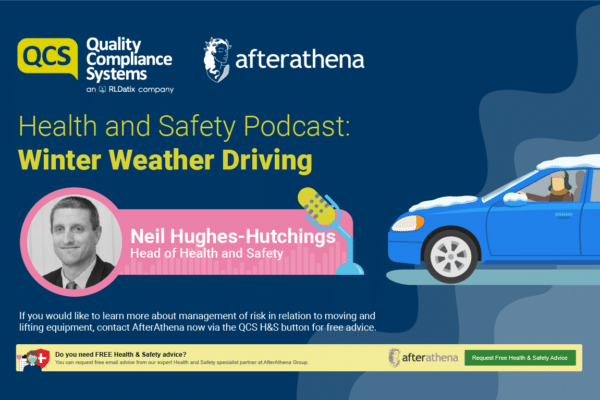We are all familiar with the contents in a bathroom, so you would think that the bathroom would be considered a safe environment by most people. However, the bathroom is a work environment in some sectors, in particular the care industry.
All nursing homes will have bathrooms which may be with an en-suite or an individual main bathroom. The en-suite will normally be used only by the occupants in the room while the main bathroom used by several different residents. The care home manager has a duty of care to both the workforce and to the residents to ensure all areas within the home are safe to use. In this work environment there are health & safety and infection control considerations which will need to be assessed through the risk assessment.
Hazards in a bathroom
A risk assessment will identify the potential hazards within a bathroom and highlight any further controls needed to ensure it remains safe to all service users and stakeholders. The key types of hazards to consider in a risk assessment are:
- Space
- Lighting
- Temperature of water
- Slip, trips, falls
- Infection control
- Bathroom equipment
- Mould from condensation
Space
There should be adequate space for the service user to be comfortable when using the toilet and bath or shower. If a hoist is required then consideration must be given to the area around the hoist to allow staff a sufficient area to work in, and ensure the safe use of hoists.
Lighting
The lighting must be suitable and sufficient for the use of the bathroom, allowing both staff and residents to be able to see what they are doing properly.
Temperature of water
The temperature of the water must be checked at regular intervals to ensure that it does not cause burns to the residents and must not exceed 44°C. The correct mixing taps should also be used, such as thermostatic mixing valves (TMVs).
Slip, trips, falls
The flooring should be suitable for the intended use of the bathroom and the floor covering must take into account that it will become wet.
Infection control
The bathroom must be cleaned after use to prevent the spread of pathogenic microorganisms and bins will need to be cleaned and emptied regularly.
Bathroom Equipment
All equipment such as bath lifts and hoists used within the bathroom should be inspected and maintained regularly.
Mould from condensation
Good ventilation will help prevent the development of mould in the bathroom. Where possible, use natural ventilation but if you do open a window ensure that there are windows restrictors in place.
The bathroom is a relatively safe area but will still need to be risk assessed to ensure it remains safe for each individual resident. The care home manager should ensure that regular planned inspections are carried out to ensure the bathroom remains a low risk environment.
QCS Heath & Safety policies
QCS have guidance and policies to support your service in meeting the requirements of health and safety.
Sally Beck RGN, BSc (Hons), MSc, CMIOSH – QCS Expert Health and Safety Contributor






